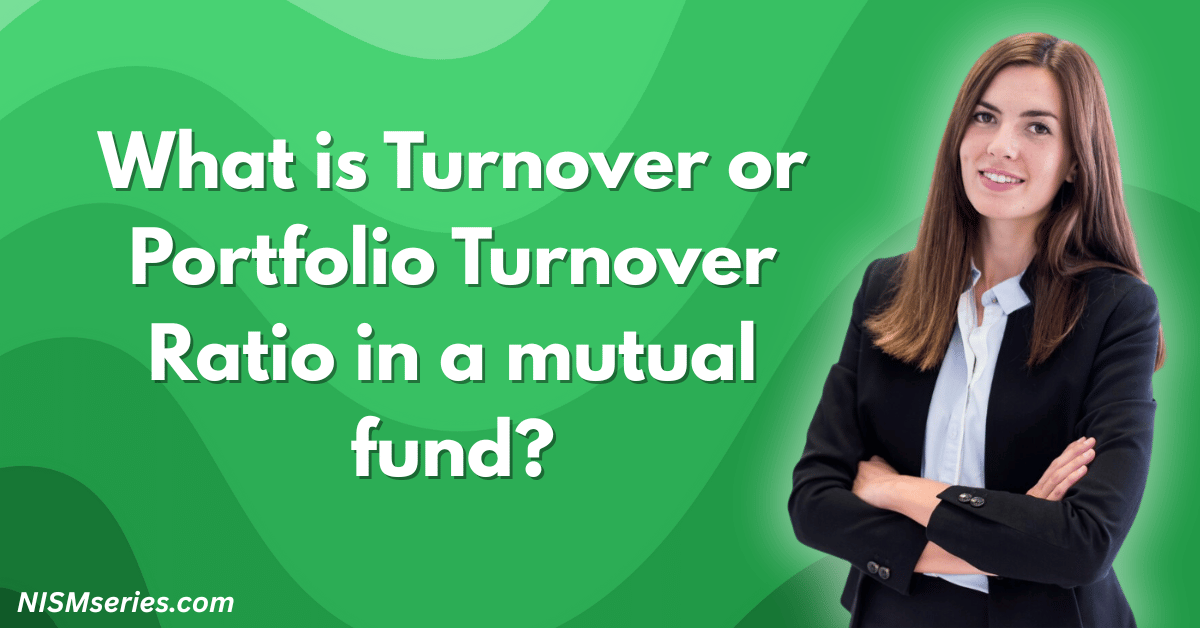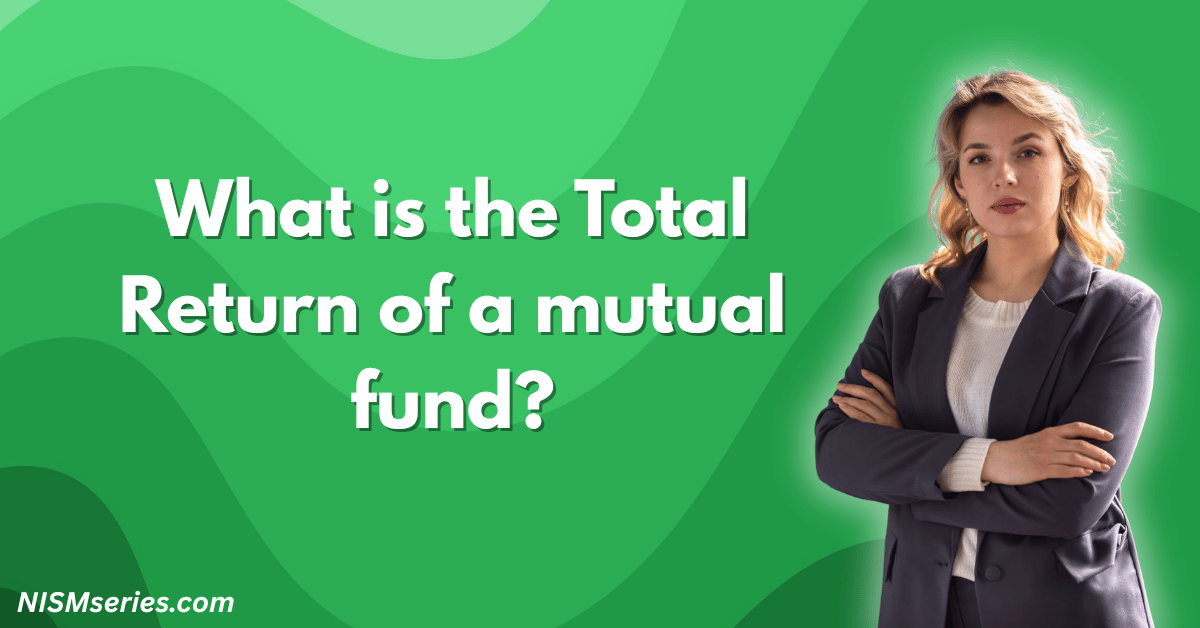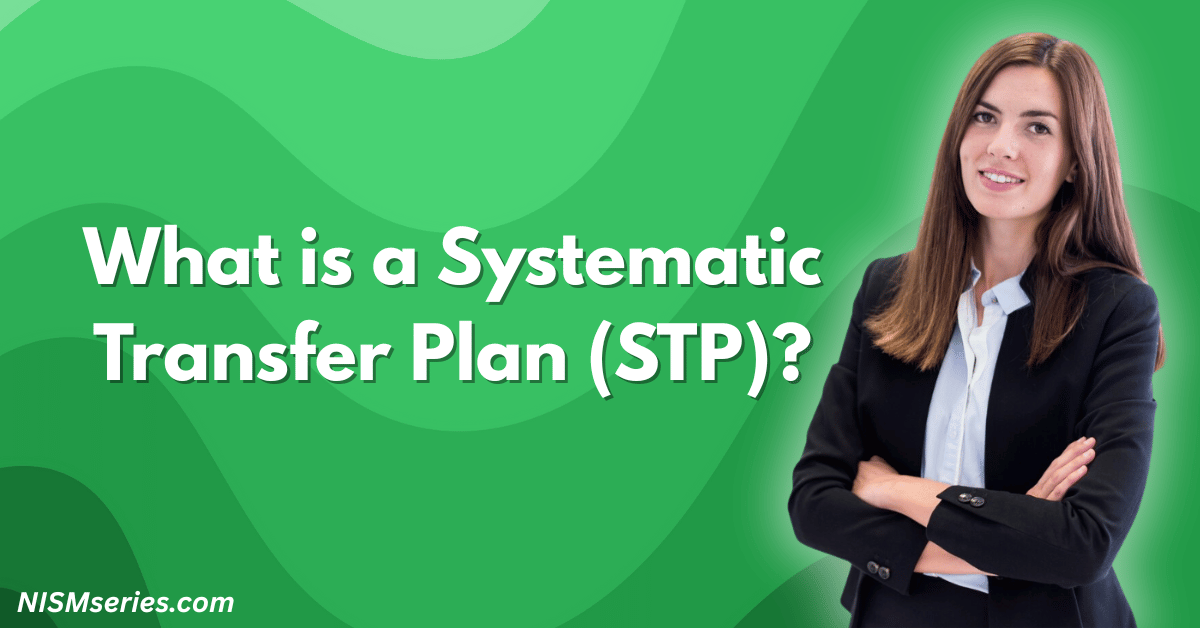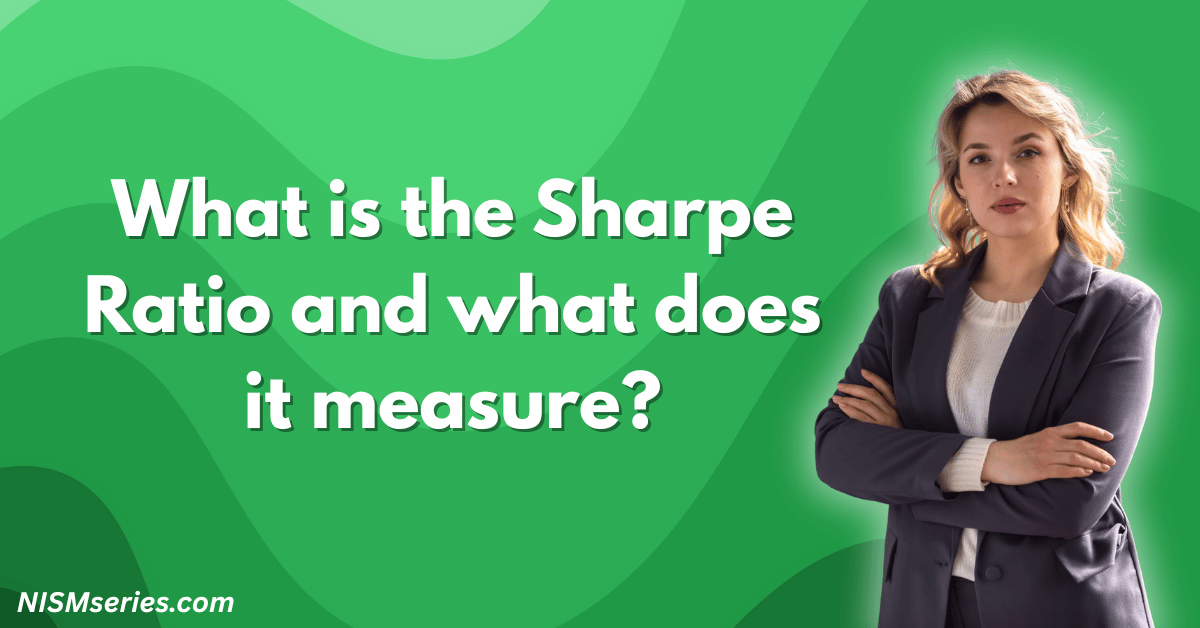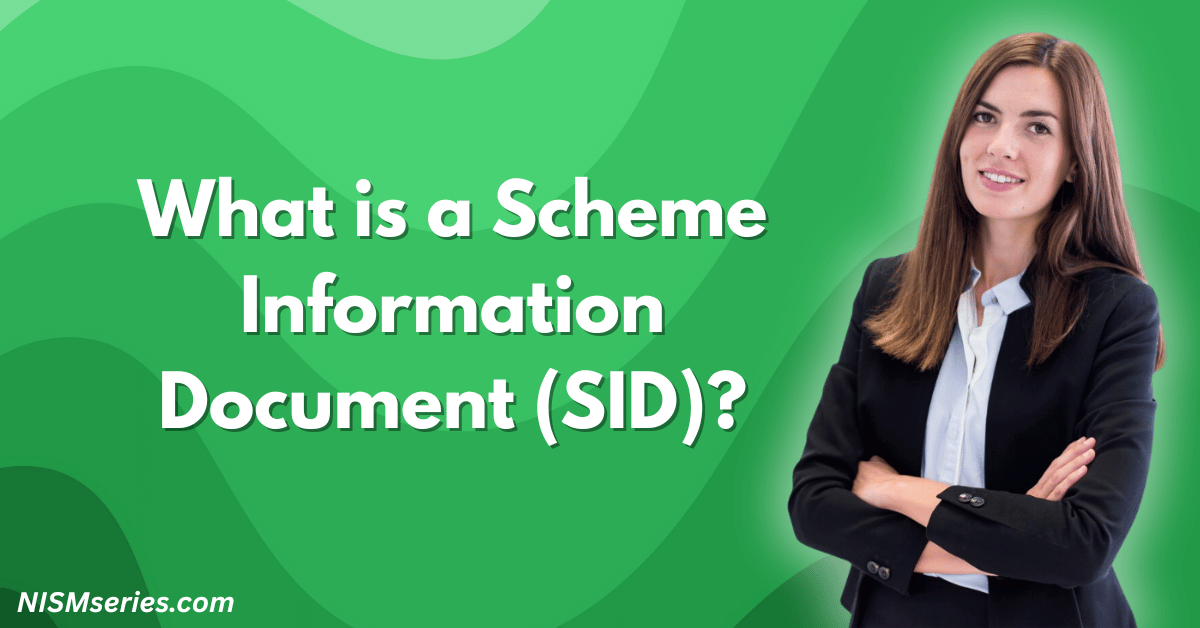An Equity Linked Savings Scheme (ELSS) is a great type of mutual fund. These funds must invest at least 80% of their money in company shares, also called equity. ELSS is the only plan that gives you two big benefits: it grows your money in the stock market and saves you tax.
The tax saving comes from Section 80C of the Income Tax Act. All these funds have a 3-year lock-in period. This means you cannot take your money out for three years. This rule makes these funds different. The name shows its two powers: it is linked to stocks (Equity Linked) and helps you save (Savings Scheme).
Table of Contents
Understanding ELSS
ELSS Core Features
Equity-Focused Investment Approach
These funds follow a simple rule: at least 80% of your money goes into company shares. This helps you profit from the growth of good companies. Expert fund managers pick stocks that will grow your money and keep it safe.
The other 20% of the money is in safer things like bonds and cash. This helps protect your investment from big losses. This mix is the best way to get good returns for the risk you take.
Mandatory Three-Year Lock-in Period
When you invest in an ELSS fund, your money is locked for exactly three years. This is a strict rule with no exceptions. It applies if you invest a large amount at once (lump sum) or small amounts every month (SIP). Each payment you make starts its own 3-year lock-in.
For example, if you invest ₹5,000, you can only take it out after three years. This rule helps you stay invested for the long term. It stops you from making the mistake of selling when the market is down for a short time.
How Do ELSS Funds Work?
Professional Fund Management
Your money is handled by expert fund managers. They do a lot of research to find good companies that will grow. They check a company’s money, leaders, and market position before they invest.
This method is called active management, and it is much better than passive investing. The team has expert analysts who work to grow your money in any market.
Diversified Portfolio Strategy
The best way to invest is to spread your money out. These funds invest in 40 to 60 different companies in many areas like tech and banking. Spreading your money like this is the safest way to invest.
If one company has a problem, your whole investment is still safe. Fund managers follow strict safety rules. They never put too much money in one company or one industry. This protects your money when the market is bad.
Tax-Saving Benefits Under Section 80C
Annual Deduction Limit of ₹1.5 Lakh
ELSS offers a big tax benefit. Under Section 80C, you can invest up to ₹1.5 lakh each year. This amount is removed from the income you pay tax on. If you are in the highest tax bracket (30%), you save exactly ₹46,350 in taxes each year.
This ₹1.5 lakh limit is for all Section 80C investments together. It includes your Employee Provident Fund (EPF) and life insurance payments.
Long-Term Capital Gains Taxation
After the 3-year lock-in, you pay tax on your profits when you sell. This tax is called Long-Term Capital Gains (LTCG). The rate is 12.5% on profits over ₹1.25 lakh in a year. Your first ₹1.25 lakh of profit each year is 100% tax-free.
If you invest with a SIP, the tax is calculated with the First-In-First-Out (FIFO) method. This means the units you bought first are counted as sold first. It’s a fair way to calculate tax.
ELSS Investment Strategies and Benefits
Investment Methods in ELSS Funds
Systematic Investment Plan (SIP) Option
The best way to invest in an ELSS fund is with a Systematic Investment Plan (SIP). You can start with just ₹500 a month. Using a SIP means you don’t have to worry about when to invest. This method is called rupee-cost averaging and always helps you. Each monthly payment is locked for 3 years.
With a SIP, you automatically buy more units when prices are low. You buy fewer units when prices are high. This is a very smart way to invest.
Lumpsum Investment Approach
You can also invest a large amount of money at one time. This is a lump sum investment. The minimum is still just ₹500. This is the best strategy if you get extra money, like a bonus. The whole amount is locked for three years. This can help your money grow faster in a good market.
Why Choose ELSS Over Other Tax-Saving Options?
Shortest Lock-in Period Among Tax-Savers
ELSS has the shortest lock-in period of all tax-saving plans. It is only three years. Other plans lock your money for much longer. A PPF is 15 years. An NSC and tax-saving FDs are five years. This short lock-in gives you access to your money much sooner.
Higher Return Potential Through Equity Exposure
ELSS gives much higher returns than other tax-saving investments. This is because it invests in company shares, which grow faster over time. History shows these funds can earn returns between 11% and 15% or even more.
Old options like PPF and NSC give much lower returns. ELSS is the best choice for building wealth and saving tax at the same time.
ELSS Fund Performance and Risk Factors
Market-Linked Returns and Volatility
ELSS returns are linked to the stock market. When the market goes up, your money grows. When it goes down, your investment value might drop for a while. This up and down movement is called volatility. Things like the economy and world news can affect the market.
A fund might lose value in a bad year. But investors who stay for the long term will see the best results.
Historical Performance vs Traditional Options
Even with short-term risks, ELSS is a proven way to create wealth over the long term. History shows these funds perform well for long-term investors.
This shows these funds are reliable for building wealth, even when the market is shaky. If you stay invested for the long run, you will do well.
FAQ
What is the minimum investment amount in ELSS?
The minimum investment is ₹500. This is for both one-time payments and monthly plans. This makes it easy for everyone to start.
Can I withdraw ELSS funds before 3 years?
No. You cannot take out money before the three-year lock-in is over. This is a very strict rule. The only exception is if the investor passes away. Then, their family nominee can claim the money.
How are ELSS returns taxed after lock-in period?
After three years, you pay a 12.5% tax on your profits. This tax is only on profits over ₹1.25 lakh in a year. Any profit up to ₹1.25 lakh is tax-free.
Which investors should consider ELSS funds?
You must invest in ELSS if you want to save tax and grow your money in the stock market. It is the best choice for people who want better returns than old plans give. You just need to keep your money invested for at least three years.
Is there a maximum limit for ELSS investment?
You get a tax saving for investments up to ₹1.5 lakh each year. You can invest more than that. But any extra amount will not give you more tax savings. It will still grow with the market.













